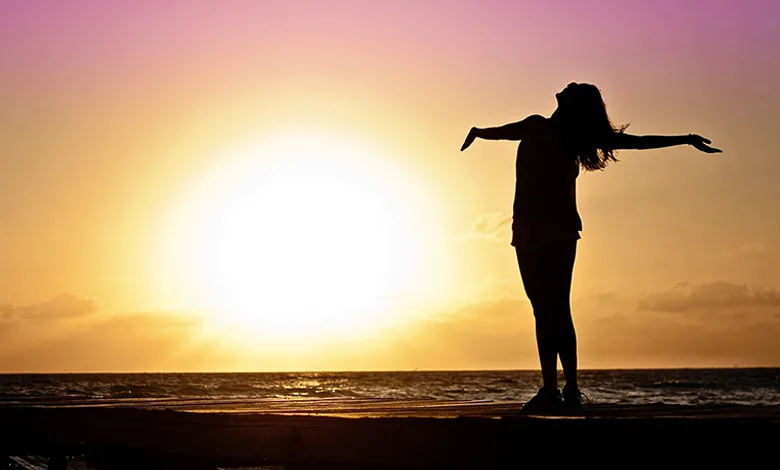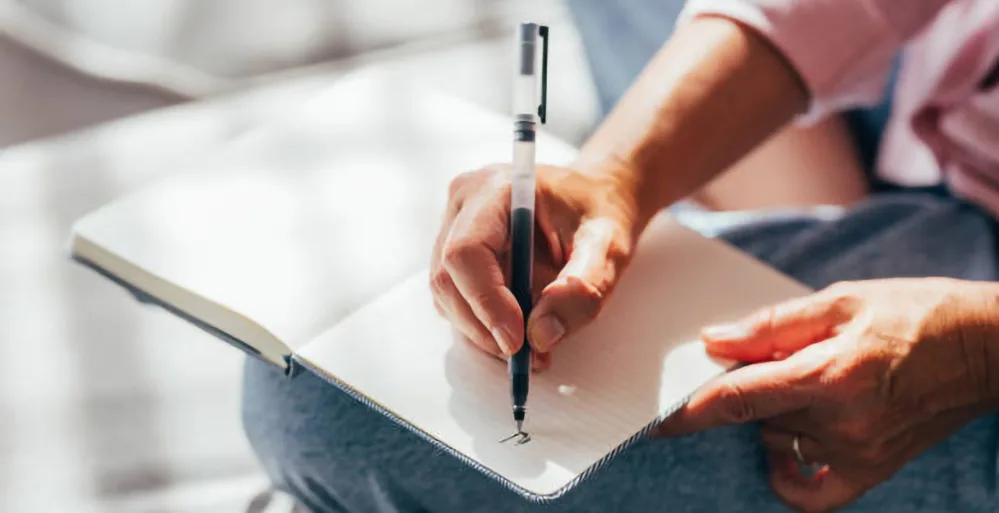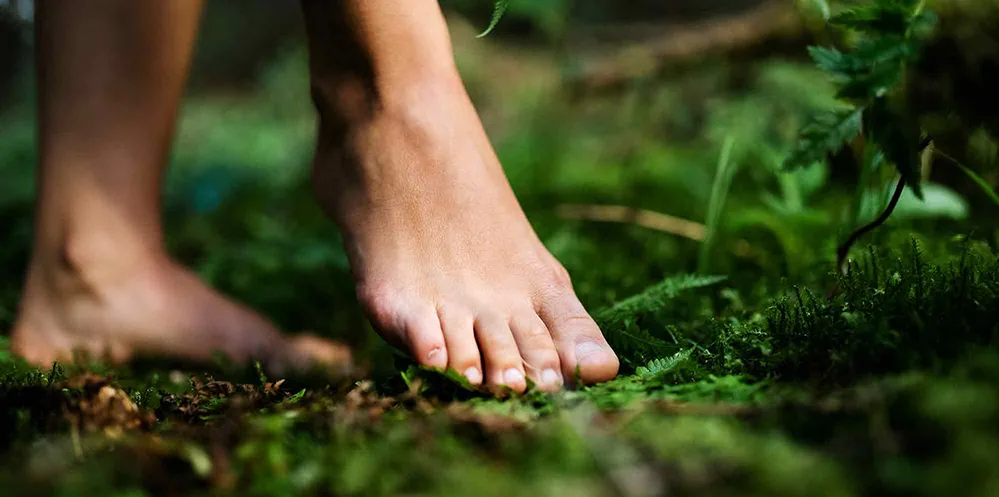
As January begins, many of us set New Year’s resolutions to enhance our health and well-being. Sadly, these resolutions rarely become new habits, much less make it through February. As a health coach, I’ve often asked my clients to reflect on why creating healthier habits is challenging.
Interestingly, one common theme emerges: sticking to new habits—even when they know they’re what their body needs—is difficult because of problematic elements in their environment. For some, this is an unsupportive partner; for others, it’s merely the absence of a solid plan.
Here are 3 ways to develop a lifestyle that supports optimal health and well-being

Create a Supportive Morning Routine for a Healthier, Happier Day
Have you ever wondered where the expression “Woke up on the wrong side of the bed” comes from? The ancient Romans believed getting out of bed on the right side would bring them luck throughout the day. In modern times, the phrase refers to starting the day in an irritable or unhappy mood.
Mornings are the foundation of our day and an often-undervalued part of our wellness routine. How you start your day can mean the difference between feeling happy and productive or stressed and overwhelmed. Science has shown that a supportive morning routine improves mood and provides many positive health benefits.
Incorporate activities into your morning routine that stimulate the prefrontal cortex, such as guided meditation or gratitude journaling. Strengthening this part of the brain—responsible for decision-making, creativity, and problem-solving—can help you feel calmer and more productive throughout the day.
Start small by dedicating five to ten minutes to a mindfulness practice first thing in the morning. My favorite method involves listening to a short, guided meditation with headphones or earbuds. There are hundreds available for free on YouTube. Sit upright in bed or lie down comfortably as you listen and breathe. There’s no wrong way to do this—experiment until you find a meditation that resonates with you and sets a positive tone for your day.

Develop a Quick-Action Plan to Reduce Stress
According to a recent article in the American Psychological Association, the effects of stress on the body are well documented. Chronic stress can cause inflammation, weaken the immune system, and increase the risk of heart disease and stroke.
When I work with autoimmune clients, one of the steps in my 4-step system is to develop a quick-action plan— This starts with identifying your body’s unique first stress response. For example, I feel stress first across my shoulders, while my daughter experiences sweaty palms. Recognizing your initial stress signals before full-blown stress erupts is critical.
Next, list three actions you can take to interrupt the stress response. For instance, listen to soothing music for a few minutes, take a short walk outdoors, or practice deep breathing exercises. Stepping outside into nature—even for five minutes—has been shown to reduce stress.

Discover Earthing: An Ancient Practice for Better Health and Balance
Earthing is a therapeutic technique that connects your body to the Earth’s naturally occurring electrical charges. Modern earthing offers a new twist on a widespread belief in the Earth’s healing potential. Practitioners of traditional Chinese medicine (TCM) therapies, such as reflexology, sometimes walk barefoot to stimulate the flow of energy (qi) throughout the body.
Recent scientific studies have explored the use of earthing to reduce inflammation, improve cardiovascular health, support mental well-being, and alleviate chronic pain. Absorbing the Earth’s negative ions has been shown to restore cellular balance.
Also known as grounding, earthing reconnects your body with the Earth’s natural energy through physical interaction, either directly or indirectly. Walking barefoot on grass, sand, or mud lets you absorb the Earth’s healing energy. For a deeper connection, lie on the ground in a safe area, such as a backyard or sandy beach, and experience the restorative benefits of grounding.
Other ways to practice earthing include gardening (skin-to-soil contact), forest bathing (absorbing the energy of trees), and floating in calm water.
These practices will help bring calm and balance to your life this new year and beyond.





